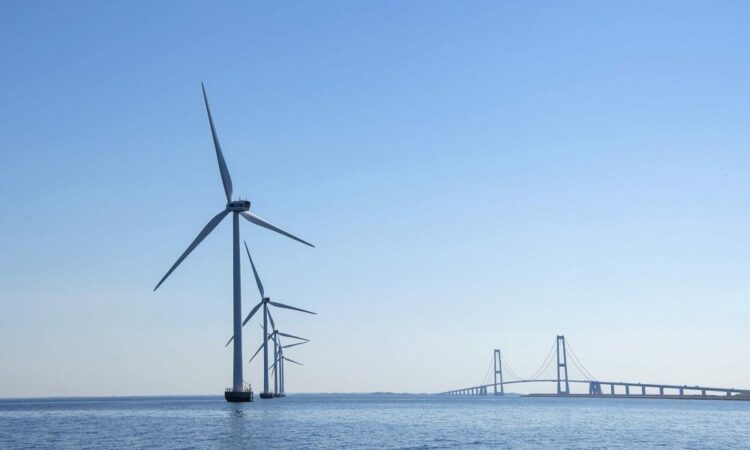
Offshore wind in Europe saw a record 4.2 GW of new capacity come online in 2023 with €30bn ($32.6bn) of new investments confirmed.
Of the 4.2 GW of new capacity, 3 GW of that was in the EU, an increase of 2.1 GW year on year. In comparison, 2022 saw 2.5 GW come online. The Netherlands, France and the UK installed the most new capacity. This includes the 1.5 GW Hollandse Kust Zuid project in the Netherlands – now the world’s largest operational wind farm.
Latest data from lobby group WindEurope showed that offshore wind investments in Europe also reached a new record with a total of €30bn raised across eight wind farms which will finance 9 GW of new offshore capacity.
This record comes after legal uncertainty and unhelpful market intervention led to a drop in offshore wind investments, falling to an all-time low of €0.4bn in 2022.
Governments also took action to support the sector. The EU published its Wind Power Package, with 26 European Governments committing to implementing the actions ascribed to them in the package. In the UK, the government raised the ceiling price by 66% for the upcoming offshore auction round (AR6) following no bids in the 2023 CfD auction round (AR5) and the decision by the country not to adjust the maximum ceiling price to the market reality of inflation and higher input prices.
According to WindEurope, auctions will be the theme of 2024. If all countries run their auctions as planned, at least 40 GW will be auctioned during the year with Germany, Denmark, the UK, France, and the Netherlands as the top five countries set to auction capacity over the next two years.
Poland had a particularly big 2023 as its first commercial offshore wind farm, the 1.2 GW Baltic Power project, reached a final investment decision last year, marking the start of Poland’s offshore wind development plans. By 2040 Poland wants to have 18 GW. Today, Poland does not have any offshore wind.
Also, three new foundation manufacturing facilities for offshore turbines are being built by Sif in Rotterdam, Baltic Structures in Esbjerg, and SEaH in the UK which will assist in debottlenecking the offshore wind supply chain.
The lobby group did warn that Europe is set to build around 5 GW of offshore wind annually over the next three years which is not enough to reach the continent’s climate and energy security targets. European countries will need to build 24 GW a year in the period 2027-2030 to reach the 2030 targets while today’s offshore wind supply chain can only produce around 7 GW each year.




